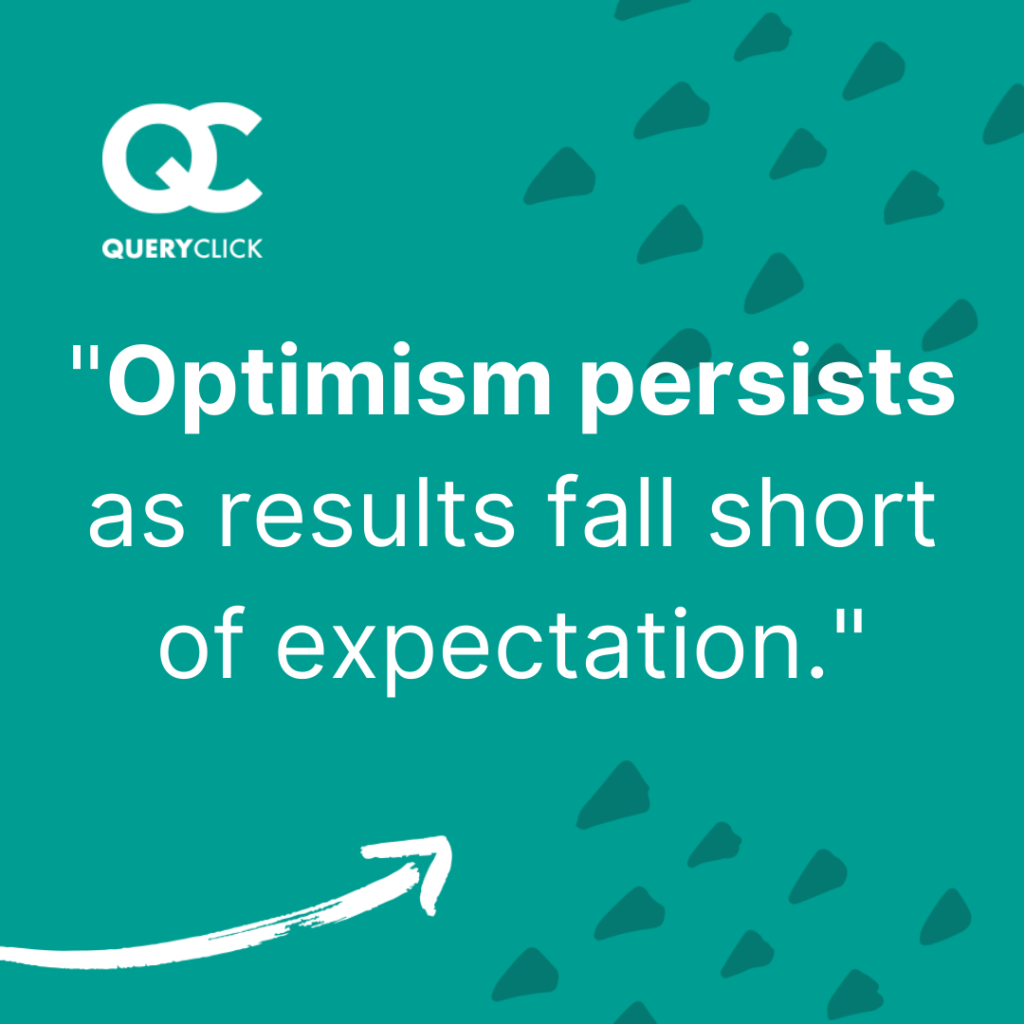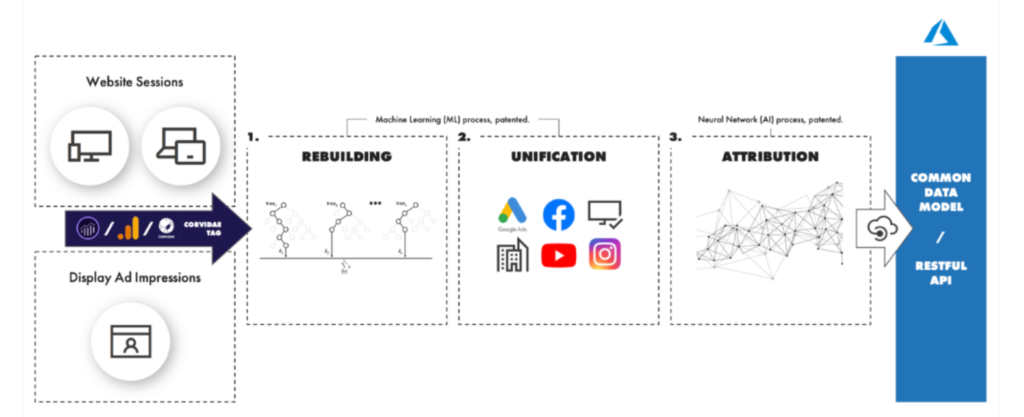Marketing Attribution and the Emperor’s New Clothes – Now Amazon Fuels the Myth

Let’s start with a Wikipedia definition:
“In marketing, attribution, also known as multi-touch attribution, is the identification of a set of user actions that contribute in some manner to a desired outcome, and then the assignment of a value to each of these events.”
You can see why it’s something that marketers like to do. It helps them to keep their jobs.
95% of all marketing attribution work is done using Google Analytics (GA360) or Adobe Analytics. A host of other tools, often running in the cloud and offered as ‘software-as-a-servce’ (SaaS), have been developed by other companies and most of these ingest Google or Adobe data to perform their magic. Attribution tool providers range from industry giants like Nielsen to smaller specialists.
Attribution is a large, high-growth market
According to research by Markets and Markets, published in January 2019, the multi-touch attribution software business has a compound annual growth rate of 14.4% and will be valued at $3.6 billion by 2023.
That sounds exciting, doesn’t it? But like the Emperor’s new clothes in Hans Christian Andersen’s tale, the claimed benefits of these tools are illusory. Few, if any, can accurately attribute revenue to the various touchpoints along the customer journey.
So why are marketers paying lip service to the results? Why are they exhibiting herd mentality in believing that these marketing attribution tools can deliver on their promises? Do they really think that turning data into nice-looking charts is enough, even if the data itself is deeply flawed?
There is growing evidence of a credibility gap marketing attribution
November 2020 research from marketing agency Acend2 found that just 42% of B2B and B2C marketers would describe their revenue attribution as ‘very successful’. If you factor in the obvious bias – people always like to say they’re doing a good job – that number will shrink significantly.
QueryClicks’s recent report – ‘Attribution: Digital Marketing’s Broken Promise’ – concluded that “Unreliable or false attribution leaves almost 90% of marketers afraid to invest in activities with any kind of long-term payback because of their inability to prove the value.”
Yet, as any good marketer knows, it’s the long-term investments, particularly in building brands, that often deliver the greatest value. It’s just harder to measure these things. As further confirmation of the marketing attribution problem, the sub-title of Gartner’s, ‘Marketing Data and Analytics Survey 2020’, summed up the wider problem:

Is Amazon attribution going to improve the situation?
Now Amazon is jumping on the attribution bandwagon.
Here’s how the company claims its marketing attribution offering will benefit Amazon advertisers: Available only to sellers enrolled in the Amazon Brand Registry, it promises to help marketers understand the impact of cross-channel digital marketing activities and claims that it “gives marketers insight into how their non-Amazon marketing channels across:
- search
- social
- video
- display
affect shopping activity and sales performance on Amazon.”
You only have to spend 2 minutes and 55 seconds reviewing Amazon’s own video about attribution to realise that what it’s primarily doing is offering a way to measure clicks and impressions on its own channel. The company claims to help you:
“Understand which non-Amazon strategies are helping you reach your goals using Amazon conversion metrics to assess cross-channel performance.”
But nowhere does it explain exactly how this is done and the “Success stories” described are vague, to say the least. If Amazon’s attribution offering is relying on Google or Adobe raw data as input to its attribution algorithm, marketers are going to be deeply disappointed in the output. Here’s why.
The raw data is up to 80% inaccurate
GA360 and Adobe Analytics use pixels and cookies to collect data. In this way, they attempt to determine:
- how long a user spends on a web page
- which pages they’ve previously visited
- how often they revisit each page
- which ads they see
But pixels and cookies are characteristics of the browser, not of the individual, and the research before a purchase will often involve a number of online sessions, perhaps using several devices and browsers. None of the analytics tools is capable to effectively stitching these sessions together to give a clear picture of the individual behind the browser.
Read more about the things you need from your attribution solution that Google Analytics can’t do
Even if Amazon’s attribution technology manages to overcome this issue for its own channel, which is questionable, as soon as you plug in GA360 or Adobe data to the tool, the accuracy of the overall results will be compromised.
There are other challenges too.
Data from offline advertising and social channels are siloed
Traditional television, radio, outdoor, in-store, and print advertising do not deliver the deterministic data that you receive from digital activities. Yet offline advertising still accounts for nearly half of the total. Most marketing attribution tools have no credible way of handling the different kinds of data available for offline channels.
Most of it will be demographic, although some information on audience brand perceptions, preferences and even behaviour may be made accessible through research.

Despite the wealth of data that they hold, social media channels are “walled gardens” that provide limited data. Not surprisingly, Google Analytics will always give you results that drive you towards PPC advertising on Google and Facebook data will often suggest that its channel is the one that’s contributing most to revenue. These organisations are marking their own homework.
For both offline advertising and social media impressions data, it is possible to calculate the probability that someone who converts on your website was influenced by advertising in these channels. This is where statistical, probabilistic modelling is needed.
So, what’s the solution?
The first step in revealing accurate attribution is to break down and rebuild the raw data that’s fed into the attribution tool. This can now be done using machine learning (ML), a form of artificial intelligence. If your current attribution solution does not do this, its results will always be deeply flawed.
For both offline advertising and social media impressions, it is possible to calculate the probability that someone who converts on your website was influenced by advertising in these channels. ML makes it possible to lay probabilistic data alongside deterministic data from digital channels and then unify the results.

The above approach is used by Corvidae, a software-as-as-service (SaaS) marketing attribution tool developed by QueryClick.
Attribution from this approach shows stark differences from the more simplistic methods adopted but most tools. One example is shown below. Here, supermarket retailer Tesco was able to accurately attribute over 3X as much revenue to marketing investments using Corvidae, compared with the results from Google’s GA360. The difference in results was stark. Most significantly, the role of organic search was hugely more important than GA360 analysis suggested.

Armed with the knowledge of these differences in attribution, marketers make significantly different decisions relating to marketing investment.
It’s time for marketers to stand up and be counted, to question the data that traditional tools deliver and push for something better. Only in that way will they ever come to trust the results of marketing attribution tools in be able to focus their marketing investments with confidence.
If you like to understand more about marketing attribution and how artificial intelligence (machine learning and neural networks) are moving the science in a helpful direction, ‘The Complete Guide to Marketing Attribution’ is a good starting point.
Own your marketing data & simplify your tech stack.
Have you read?
I have worked in SEO for 12+ years and I’ve seen the landscape shift a dozen times over. But the rollout of generative search engines (GSEs) feels like the biggest...
As you will have likely seen, last week Google released the March 2024 Core Algorithm Update. With it, comes a host of changes aiming to improve the quality of ranking...
After a year of seemingly constant Google core updates and the increasingly widespread usage of AI, the SEO landscape is changing more quickly than ever. With this rapid pace of...



